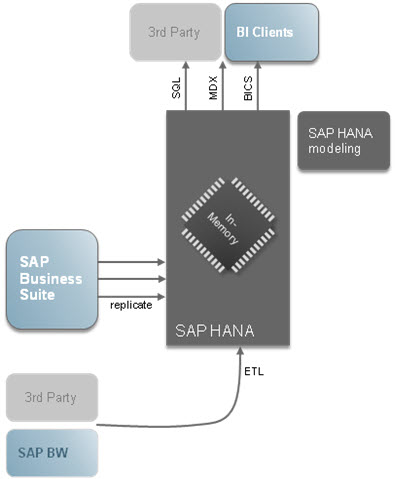If the built-in recover function is called within a deferred function and the function containing the defer statement is panicking, recover ends the current state of panic and returns the panic value. The function that was panicking does not continue where it left off but returns normally. If recover is called at any other time, it has no effect and returns nil.
Recovering indiscriminately from panics is a dubious practice because the state of a package’s variables after a panic is rarely well defined or documented. Perhaps a critical update to a data structure was incomplete, a file or network connection was opened but not closed, or a lock was acquired but not released. Furthermore, by replacing a crash with, say, a line in a log file, indiscriminate recovery may cause bugs to go unnoticed.
Recovering from a panic within the same package can help simplify the handling of complex or unexpected errors, but as a general rule, you should not attempt to recover from another package’s panic. Public APIs should report failures as errors. Similarly, you should not recover from a panic that may pass through a function you do not maintain, such as a caller-provided callback, since you cannot reason about its safety.
For all the above reasons, it’s safest to recover selectively if at all. In other words, recover only from panics that were intended to be recovered from, which should be rare. This intention can be encoded by using a distinct, unexported type for the panic value and testing whether the value returned by recover has that type. If so, we report the panic as an ordinary error; if not, we call panic with the same value to resume the state of panic.
